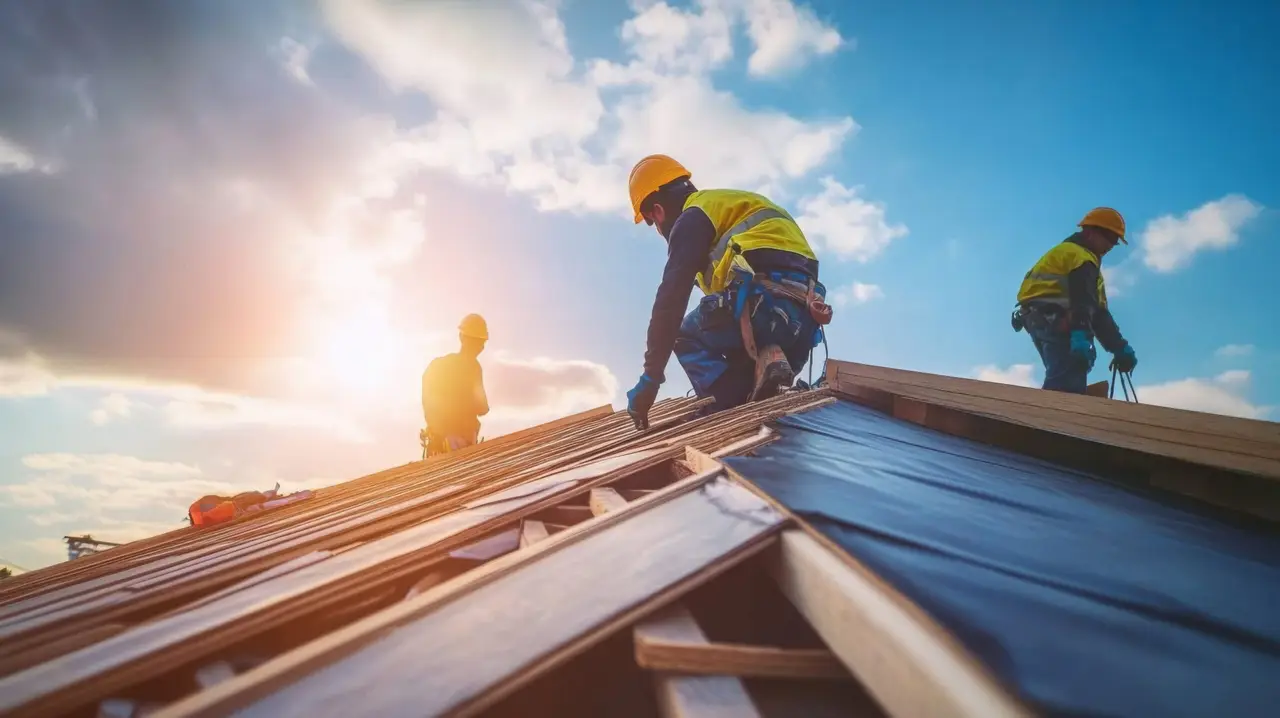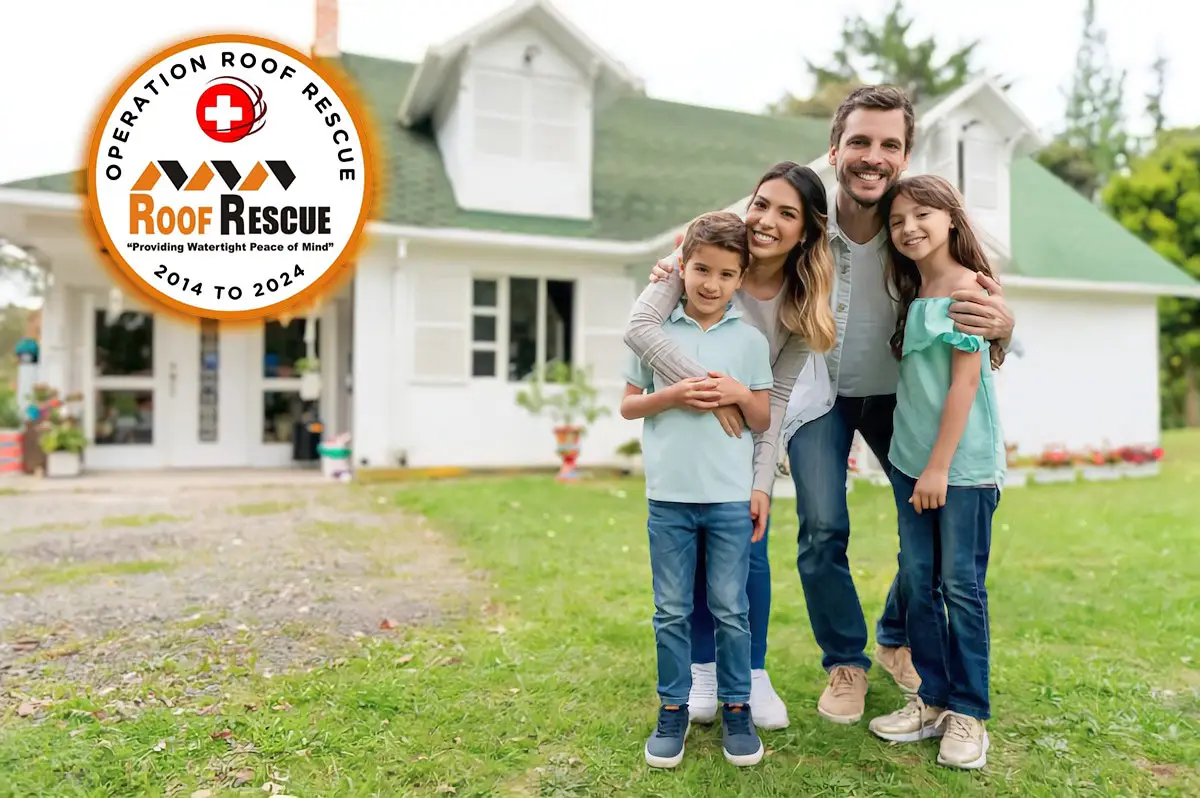Roof replacement is one of the largest investments you will make as a homeowner. You should replace your home’s roof every 15-30 years, and a new asphalt shingle roof typically costs around $11,000 on average. This is not only a serious financial investment, it’s also a considerable project equal to home renovation that is necessary when the time comes.
That is why homeowners need to have a clear understanding of what roof replacement entails, and Roof Rescue is here to help. As roof experts, we outline what you can expect from the process, reduce your stress, and ensure a smooth completion of your project.
Pre-Project Preparation
- Inspection
- Consultation
- Permits
- Scheduling
- Home Prep
Every roof replacement begins with an initial inspection and consultation. The inspection allows your roofers to assess the size, design, and structural needs of your roof so that an accurate quote can be provided. The consultation allows you to discuss the replacement process, the materials you prefer, and any features you’d like included in the new roof installation.
The next pre-project stage is to secure the permits. Your roofing contractors will take care of this step, but scheduling can’t take place until it’s done. Then they will help you plan a schedule based on the season, the weather, and the times that work best for you.
Lastly, you must prepare your home and yard. It’s a good idea to clear the area around the edge of the house. Move outdoor furniture, toys, and vehicles away for safety. It’s also important to remind your family members that the work will happen and may cause temporary disruptions.
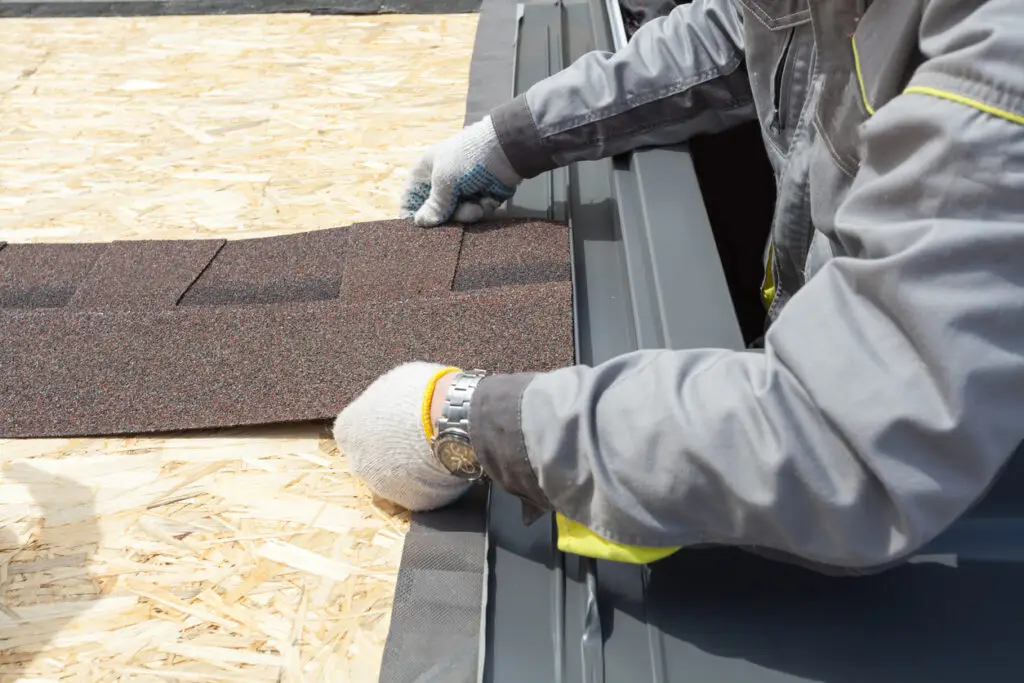
Removal of the Old Roof
- Protective Measures
- Removing Materials
- Noise and Debris
Once the roof replacement begins, your roofers will start by protecting the landscape. They may cover bushes or yard installations to protect them from falling debris. A portable dumpster may also be placed in your driveway to contain the roof materials.
Your roofers will then remove the old shingles or tiles. Shingles often come away in strips or sheets. The removed materials will be thrown into the dumpster to be neatly hauled away. This process reveals the underlayment and structural layers of your roof.
Be prepared for some amount of noise and debris during the removal process. While roofers do their best to be tidy, roofing scrap can fall and the process is not quiet.
Roof Inspection and Repairs
- Decking Inspection
- Repairs and Reinforcement
- Additional Costs
Before beginning the roof replacement process, your roofers will prepare the roof structure and decking for the new materials. After removal, your roofing team inspects the underlying structure for signs of rot and damage. If they find any issues, they will promptly repair them to ensure the new roof is secure, sturdy, and weatherproof.
Repairs may add unexpected costs to the original quote. Some roofs have significant hidden damage and may need material replacement or partial rebuilding. Your roofer will talk with you about the necessity of these repairs. It’s best to maintain a margin in your budget just in case.
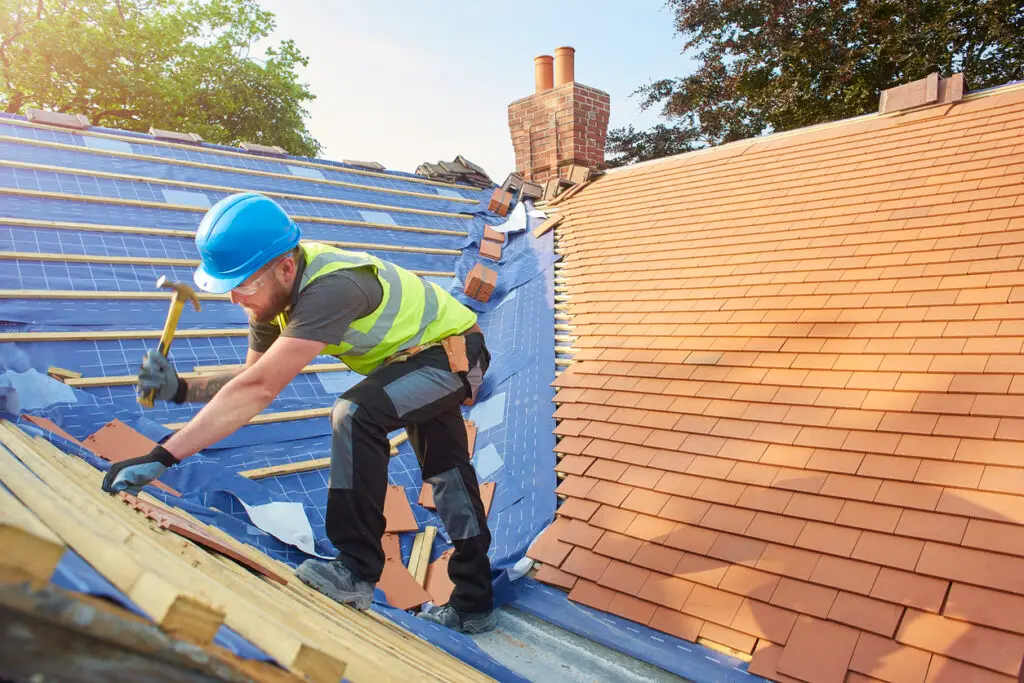
Installing the New Roof
- Underlayment and Weatherproofing
- Unique Roof Features
- Shingle or Tile Installation
- Ventilation and Flashing
- Timeframe for Installation
When the roof replacement process begins, your roofers will first install the underlayment and weatherproofing materials. This provides the roof with additional structure and protection against leaks.
Depending on your choice of roof materials, your roofers will install new shingles or tiles. These will be layered and secured to ensure a durable, weatherproof surface that makes up your roof. Metal roofs are laid and secured in sheets.
As part of the roof installation, roofers will also install vents and flashing around the roof features to prevent leaks and promote proper attic airflow. These features improve roof durability and whole-home energy efficiency.
The installation phase typically takes 1-3 days, depending on the roof’s size and the weather conditions.
Final Inspection and Cleanup
- Inspection of Work
- Site Clean Up
- Waste Disposal
Your roofers will carefully wrap up the project after the roof replacement process. First, the roofing team will perform a final inspection of the entire roof and attic to verify the roof’s integrity and the detail-oriented quality of the completed work.
Debris is then meticulously removed from your property. Dropped roofing nails are collected with magnets and roofing debris is picked up off your driveway, patio, and out of the landscaping. This process restores your home’s outdoor space to its pre-project condition, making it safe for casual enjoyment.
Lastly, your roofers will have the dumpster and all the roofing waste hauled away. This will leave the site clean so you can begin enjoying your new roof with nothing left behind from the project.
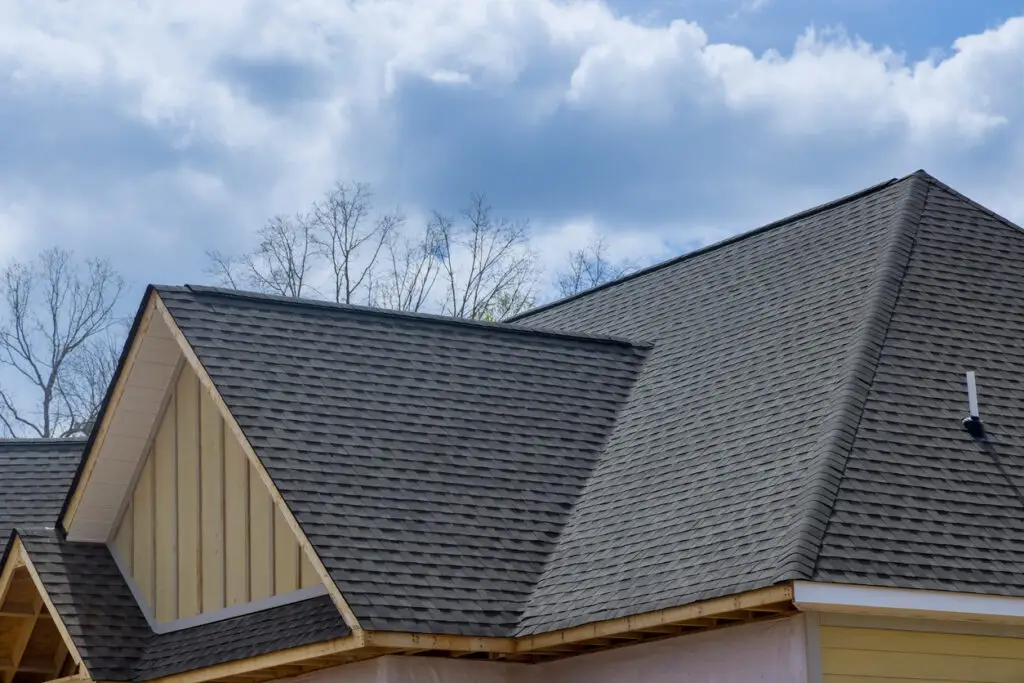
Post-Installation Tips for Homeowners
- Warranty and Documentation
- Follow-Up Roof Care
- Final Questions
Keep your warranty and final inspection documents with your household paperwork. This will help you later for future reference, repairs, and property information.
To keep your new roof in top condition, schedule an annual roof inspection (ideally, before winter or after a large storm) and keep up with maintenance checks. This will ensure your roof does not develop problems and provides the longest lifespan and excellent protection.
If you have any final questions, you can always contact your roofing company with any concerns after the roof replacement process is complete.
Planning Your Roof Replacement
The main stages of roof replacement are the inspection and consultation, roof removal, installation, and final cleanup. Roofers will determine the project schedule based on the time it takes to secure permits, the size of your roof, and the weather. The best time of year for a roof replacement is when the weather is clear and mild, which varies by region but favors late spring, summer, and early autumn. Scheduling in the spring and autumn will allow you to enjoy the advantages of service outside the rush season.
If roof replacement is looming in your future as a homeowner, it’s helpful to know that this process is manageable and the final result is a safe, durable roof you can rely on for another three decades.
Contact Roof Rescue to discuss your home’s roof replacement needs or to ask any questions you may have about our process.
Mark Franklin, owner of Roof Rescue in Idaho Falls, Idaho, has been a trusted name in roofing since 2014. Serving Idaho, Montana, Wyoming, and Utah, Roof Rescue specializes in commercial and residential roof replacement and installation. Recognized for community initiatives like the “Operation Roof Rescue” program, which provides free roofs to local heroes, Mark combines professionalism with a passion for giving back. With 16 years of industry experience, an A+ Better Business Bureau rating, and glowing customer reviews, Mark’s leadership embodies quality and community-focused service.

